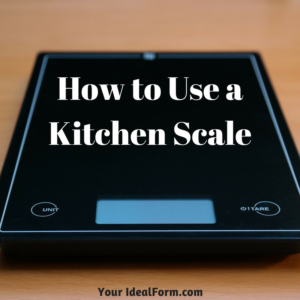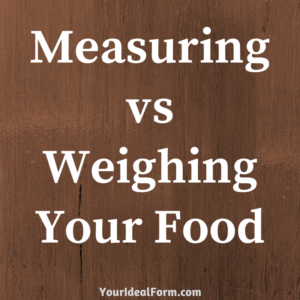![]()
So you’ve picked out a new eating plan, and have been following this new regimen for awhile, but the scale isn’t moving, and you aren’t seeing any progress. One common mistake is forgetting to track EVERYTHING.
Please, don’t be scared off thinking that all this tracking is hard or will take a lot of time. It really doesn’t. Nutrition tracking apps have huge databases that make inputting your meal easy. Many even have barcode scanner so you can just scan something to log it. And once you have logged a food, it can be stored for future reference, making it even easier to track as you go along. The SparkPeople app even lets you copy entire meals from a previous day to another. Build this into a habit. Make it into a game to see how long of a streak you can keep up. I once managed to go over 100 days straight of logging my meals; see if you can beat that!
If you are on a diet that tracks intake, such as counting calories, macros, Weight Watchers Points or 21-Day Fix containers, you have to track everything*. The key is, that when you track everything, you will have an accurate picture of your heating habits. This can help if you’ve hit a plateau. Tracking can also reveal patterns in your habits, or “weaknesses” you have for certain foods. At one point, I found myself snacking on peanut butter far too much, so I stopped buying it.
The trickiest part about tracking is to not cheat yourself. Don’t fail to track something on purpose just because you think you “shouldn’t” have eaten it. Also, don’t fail to track small bites here or there that you’ve taken of something. A small spoon of peanut butter is 100 calories or more. (And I was having heaping spoons when I would snack.) Small handfuls of nuts are also high in calories and should be tracked. Those little bites can add up quickly!
You also want to get into the habit of tracking even on days you don’t care, such as special occasions or cheat days. It is so important to have all the information. For awhile, I didn’t track on my cheat days, although I was religious about doing so on other days. Then I started tracking my off days and realized that my deficit during the week wasn’t enough to make up for all that I was eating that one day during the weekend. I adjusted my intake, and the pounds came off steadily after that.
Remember, a food log is just data. Data doesn’t judge. And your body will keep an accurate record of what you’ve eaten, whether you write it down or not. So get into the habit of tracking your food; having that data can help you make informed decisions to help you reach your goals!
*If you’d rather be on a diet that doesn’t require tracking, check out my free Ultimate 13-Diet Comparison Guide to find one that might suit you better!


